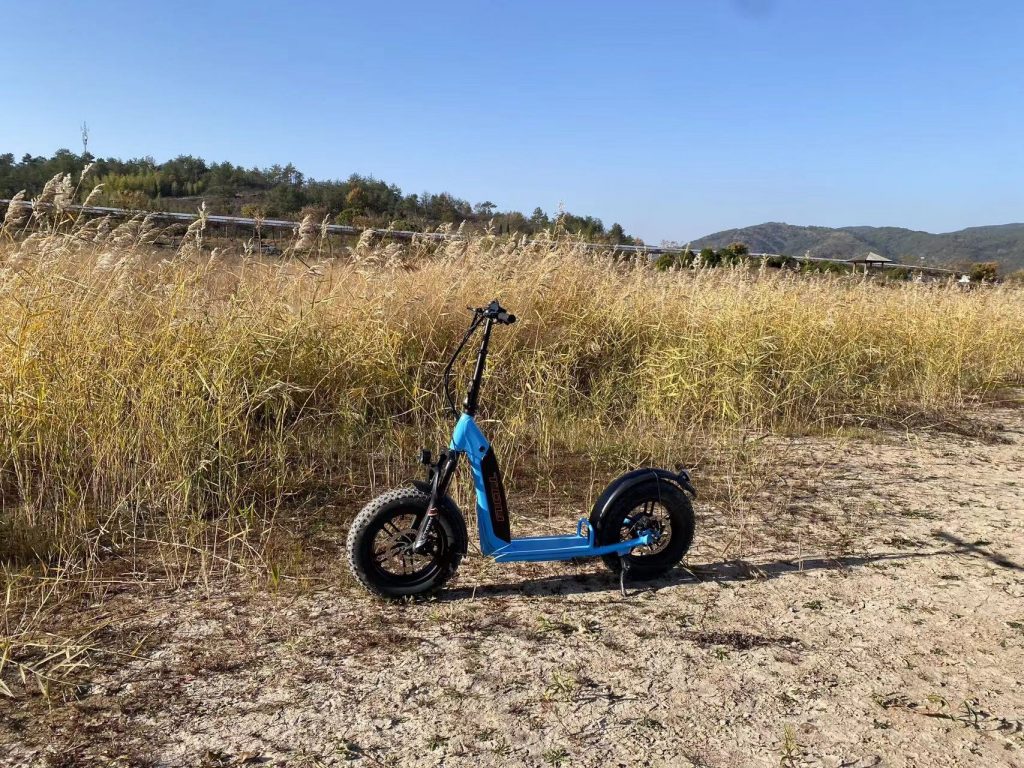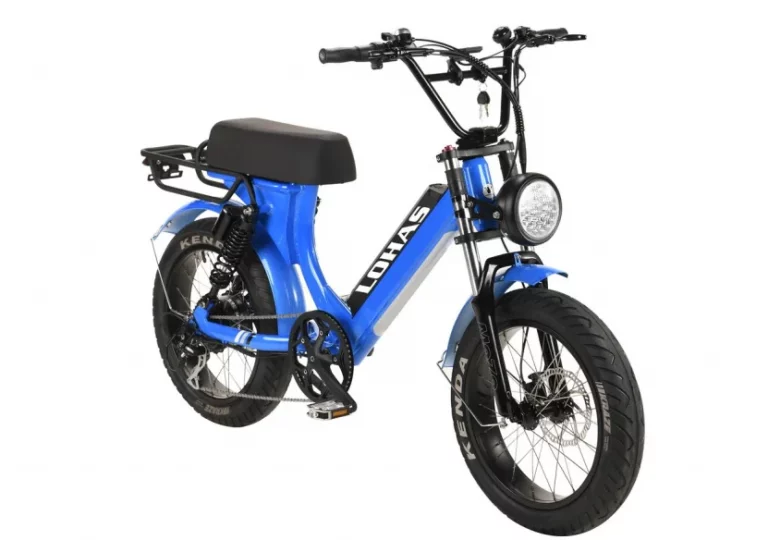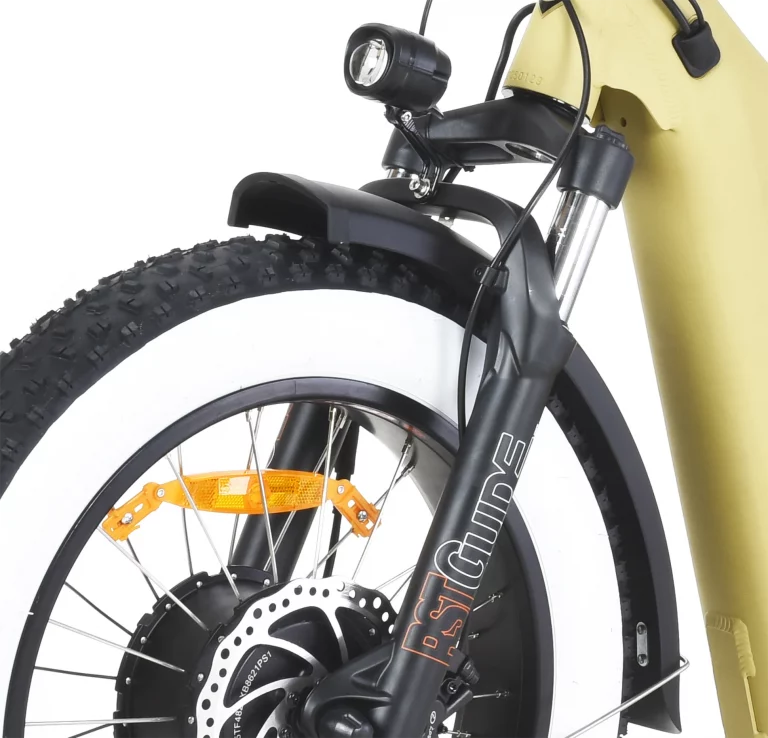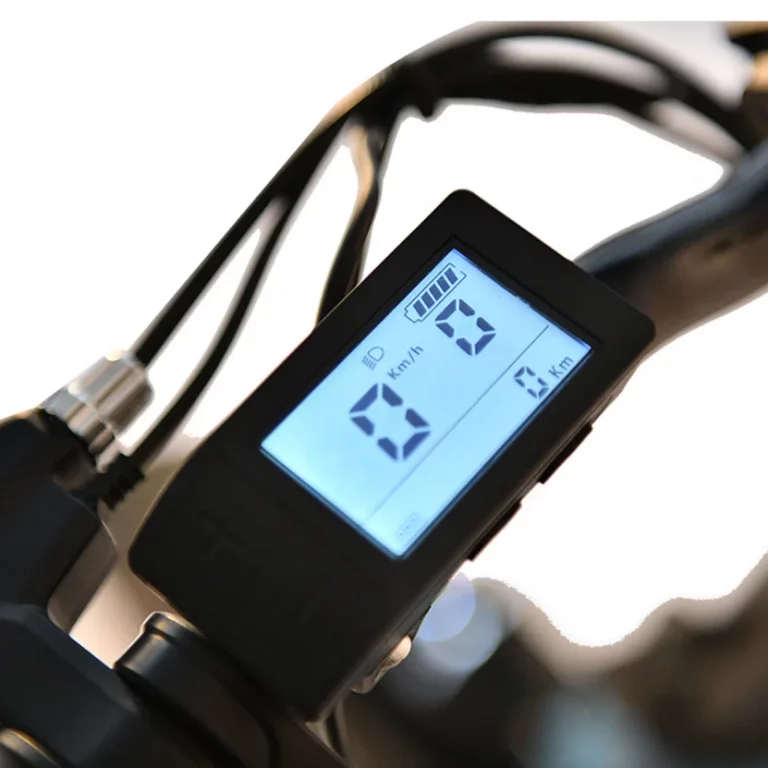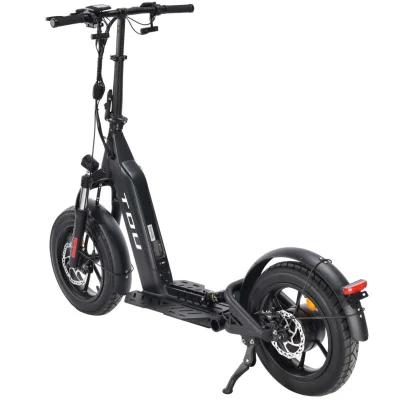Knowing key battery specifications can help you understand your scooter‘s performance and identify suitable replacements when needed.
Capacity and Voltage Ratings
- Capacity: Measured in ampere-hours (Ah), battery capacity indicates how much charge the battery can hold. A higher capacity often translates to a longer range per charge.
- Voltage: Voltage, measured in volts (V), is a measure of the battery’s power potential. Most electric scooter batteries are either 36V or 48V, but other ratings can also be found depending on the model.
Routine Maintenance for Prolonged Battery Life
With proper care and routine maintenance, you can significantly extend the life of your electric scooter’s battery. Below are essential maintenance activities to keep your battery in optimal condition.
As one of the famous brands in the production of electric bicycles and scooters, Yongkang LOHAS Vehicle Co., Ltd is committed to the research and development and manufacturing of related products. LOHAS Vehicle is a modern integrated enterprise specializing in the design, manufacturing, and distribution of electric bicycles and electric scooters, dedicated to the production of high quality electric bicycles and electric scooters.
Regular Inspection Procedures
Regularly inspecting your battery can help you catch potential issues early and prevent costly damages.
Visual Checks for Damage or Wear
- Inspect for cracks and bulges: Regularly examine the battery case for any visible signs of damage such as cracks, bulges, or discolouration. These can indicate underlying issues that need immediate attention.
- Check for corrosion: Look at the battery terminals and connectors for any signs of corrosion or rust. Corroded terminals can affect the battery’s performance and may need cleaning or replacement.
- Connector integrity: Ensure that the battery connections are tight and secure. Loose connections can result in poor performance and increased safety risks.
Monitoring Battery Performance
- Track charge cycles: Keep an eye on how many charge cycles the battery has completed. Different batteries have varying numbers of cycles they can handle before their performance diminishes.
- Watch for reduced performance: If you notice your scooter running out of charge more quickly or taking longer to charge, it might be time to evaluate the battery’s health.
- Use diagnostic tools: Some electric scooters come with built-in diagnostic tools or compatible apps that provide insights into the battery’s performance and health status.
Cleaning and Care Tips
Proper cleaning practices can prevent damage and ensure optimal battery performance.
Cleaning the Battery Terminals
- Use appropriate cleaning materials: Clean the battery terminals with a soft brush and a mixture of baking soda and water to neutralize any acidic residue. Avoid using metal tools that could cause short circuits.
- Dry thoroughly: After cleaning, make sure the terminals are completely dry before reconnecting them to avoid any moisture-related issues.
- Regular maintenance: Perform this cleaning routine every few months or whenever you notice a buildup of dirt and corrosion on the terminals. Regular cleaning helps maintain optimal electrical contact and prolongs battery life.
Effective Charging Practices for Optimal Performance
To keep your electric scooter’s battery in peak condition, adopting effective charging practices is essential. These practices not only prolong battery life but also ensure optimal performance.
Proper Charging Techniques
Charging your battery correctly can significantly impact its lifespan and efficiency. Here are some best practices for charging your electric scooter’s battery.
Initial Charging of a New Battery
- Full Charge Cycle: For a new battery, it’s crucial to perform a full charge cycle. This means fully charging and then fully discharging the battery a few times to help calibrate the battery’s capacity.
- Avoid Partial Charges Initially: During the initial phase, avoid frequent partial charging as this can lead to inaccurate capacity readings.
- Use Manufacturer-Recommended Chargers: Always use the charger provided by the manufacturer or one that meets the exact specifications recommended for your battery type to avoid any compatibility issues.
- Monitor Initial Charges: Pay close attention to the first few charging cycles to ensure the battery attains its full potential capacity. If there are any anomalies, it’s better to address them early.
Regular Charging Habits to Adopt
- Consistent Charging: Develop a habit of charging your electric scooter battery regularly rather than waiting for it to be completely depleted. This habit reduces stress on the battery cells and enhances longevity.
- Avoid Full Discharges: Whereas it’s important to fully charge a new battery, it’s equally crucial to avoid full discharges during regular use. Discharging the battery completely can strain it and shorten its life.
- Charge in Cool Conditions: Always charge your battery in a cool, dry place to prevent overheating, which can degrade battery performance over time.
- Use an Automatic Charger: An automatic charger can help prevent overcharging by shutting off when the battery is fully charged. This is a worthwhile investment to maintain battery health.
Avoiding Overcharging and Deep Discharges
- Set Charging Alarms: Use alarms or reminders to unplug the charger once your battery is fully charged. Overcharging can lead to overheating and cell damage.
- Partial Charges for Longevity: Occasionally, it can be beneficial to perform partial charges. This keeps the battery in a moderate charge state, which can be less stressful for the battery, extending its usable life.
- Prevent Deep Discharges: Try to avoid allowing the battery to fall below 20% charge regularly. Deep discharges can significantly shorten the battery lifespan and lead to premature failure.
Yongkang LOHAS Vehicle Co., Ltd covers an area of more than 18,000 square meters. We have two assemble line, and use advanced manufacturing equipment and techniques to produce high-quality electric scooters and electric bike that meet our strict standards. At the heart of our company is a dedicated R&D team comprising 20 professionals who contribute to e-bike design and innovation. To ensure the highest standards, our Quality Inspection team, consisting of 15 meticulous individuals, thoroughly check e-bike and e-scooter before shipment.
Safe Storage Guidelines for Electric Scooter Batteries
Proper storage of your electric scooter battery is vital to maintaining its health, especially if you don’t use your scooter for extended periods.
Ideal Storage Conditions
Storing your battery correctly can prevent issues and extend its life. Here are some guidelines for ideal storage conditions.
Temperature Control Tips
- Moderate Temperatures: Store your battery in a location where the temperature is consistently moderate, ideally between 10°C and 25°C (50°F to 77°F). Extreme temperatures can degrade battery performance and lifespan.
- Avoid Freezing Conditions: Cold environments can reduce the battery’s charge capacity, while freezing can cause permanent damage.
- Heat Mitigation: Similarly, excessive heat can accelerate the aging process of the battery cells. Ensure the storage area is well-ventilated to prevent heat buildup.
Safe Placement and Handling Practices
- Secure and Stable: Place the battery on a stable surface where it won’t fall or get knocked over. Unsecured batteries can suffer physical damage or a short circuit.
- Away from Flammable Materials: Keep the battery stored away from flammable substances to avoid fire hazards in the unlikely event of a battery failure.
- Disconnect Properly: Always disconnect the battery from the scooter if you’re storing it for a long time. This helps prevent any slow drain on the battery from the scooter’s electronics.
Troubleshooting Common Battery Issues
Understanding and troubleshooting common battery issues can save you time and money. Here are some common problems and solutions.
Identifying and Addressing Charging Problems
Recognizing symptoms of charging issues can help you take corrective measures promptly.
Symptoms of a Failing Charger or Port
- Unusual Charging Time: If your battery takes significantly longer or shorter to charge than usual, this could indicate a faulty charger or port.
- Intermittent Charging: If the charging process is frequently interrupted, it may point to connection issues or a failing charging port.
- No Response: A completely unresponsive battery during charging could mean the charger is failing or there is an issue with the battery itself.
- Overheating During Charging: Excessive heat generation during charging can indicate a serious problem with the charger or battery, necessitating immediate attention.
Extending Battery Life with Corrective Measures
Apply these measures to address minor issues and extend the life of your battery.
Utilizing Apps or Tools for Diagnostics
- Battery Monitoring Apps: Use smartphone apps designed to monitor battery health and performance. These can provide real-time updates and alerts for any issues.
- Diagnostic Tools: Handheld diagnostic tools can measure voltage, charge cycles, and the overall health of the battery, helping you identify problems early.
- Firmware Updates: Ensure your electric scooter’s firmware is up to date, as updates can include optimizations and fixes that improve battery performance.
- Professional Diagnostics: If available, occasional professional checks can provide a detailed insight into the state of the battery and suggest corrective actions.
By following these comprehensive guidelines on electric scooter battery maintenance and charging, you can ensure that your electric scooter remains efficient, reliable, and ready to provide you with a smooth and eco-friendly ride for years to come.


